The HydroCAT-EP V2 is the next generation of multiparameter instruments. It measures CTD data alongside dissolved oxygen, pH, fluorescence, and turbidity, all within a single self-contained package. Learn about the new changes to this product.
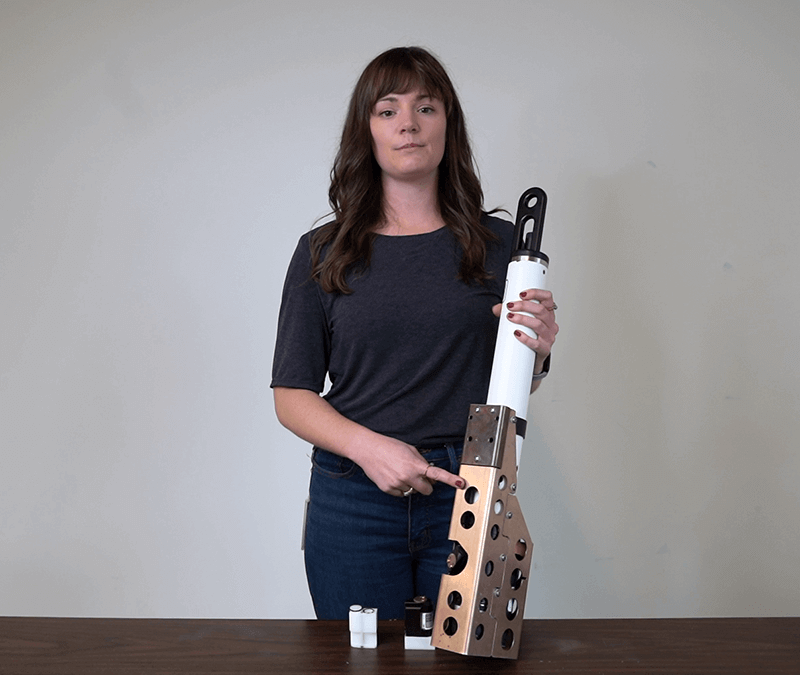

The HydroCAT-EP V2 is the next generation of multiparameter instruments. It measures CTD data alongside dissolved oxygen, pH, fluorescence, and turbidity, all within a single self-contained package. Learn about the new changes to this product.
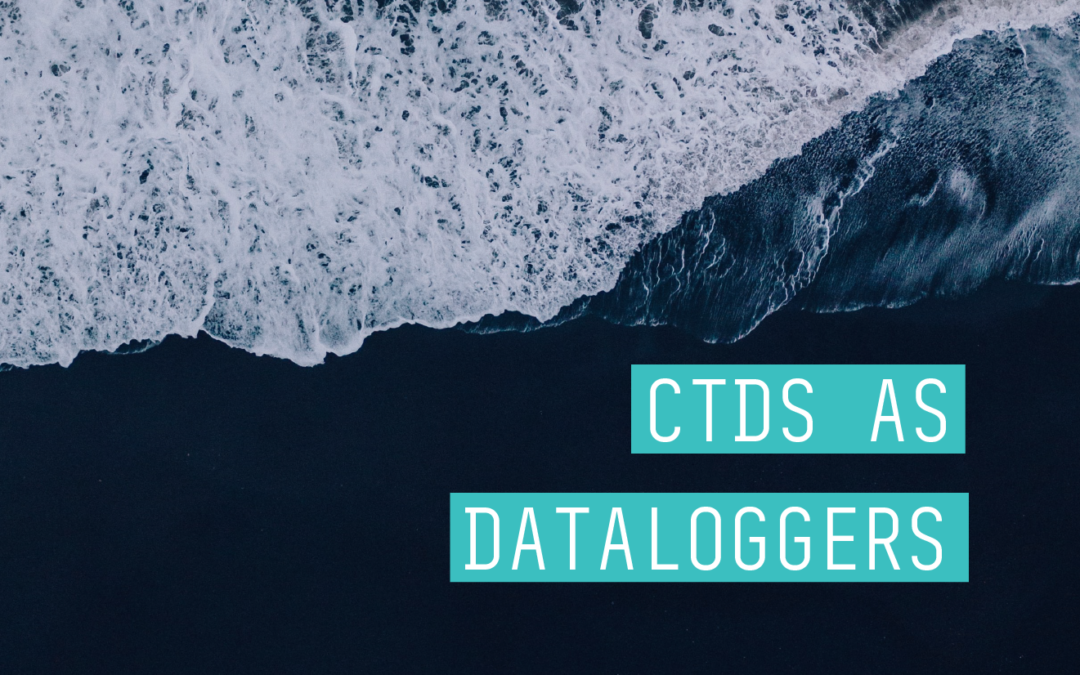
The acronym “CTD” might unofficially represent more than just conductivity, temperature, and depth. Since most CTDs include one or more auxiliary sensors, a given CTD package might technically be called a “CTDpHDOFLNTUTr” (CTD + pH + dissolved oxygen + fluorescence +...
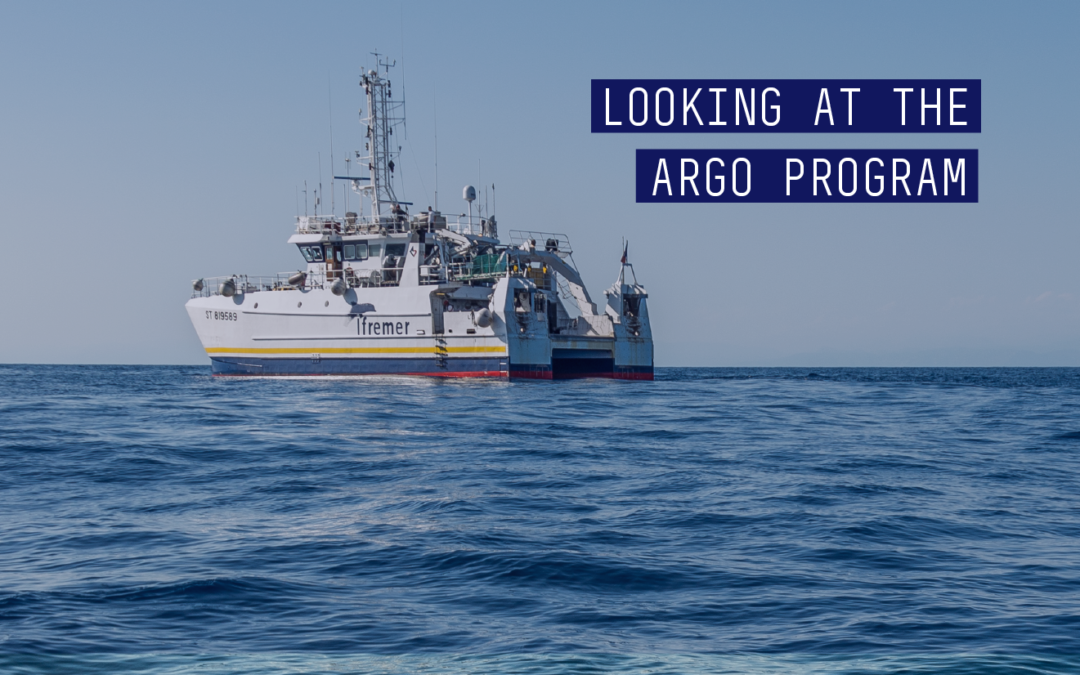
In the last year of news, the dominant story has been a science topic: the coronavirus pandemic. And though most forms of Marine Science have little to do with the global response to COVID-19, its effects are felt in almost every aspect of our own scientific...
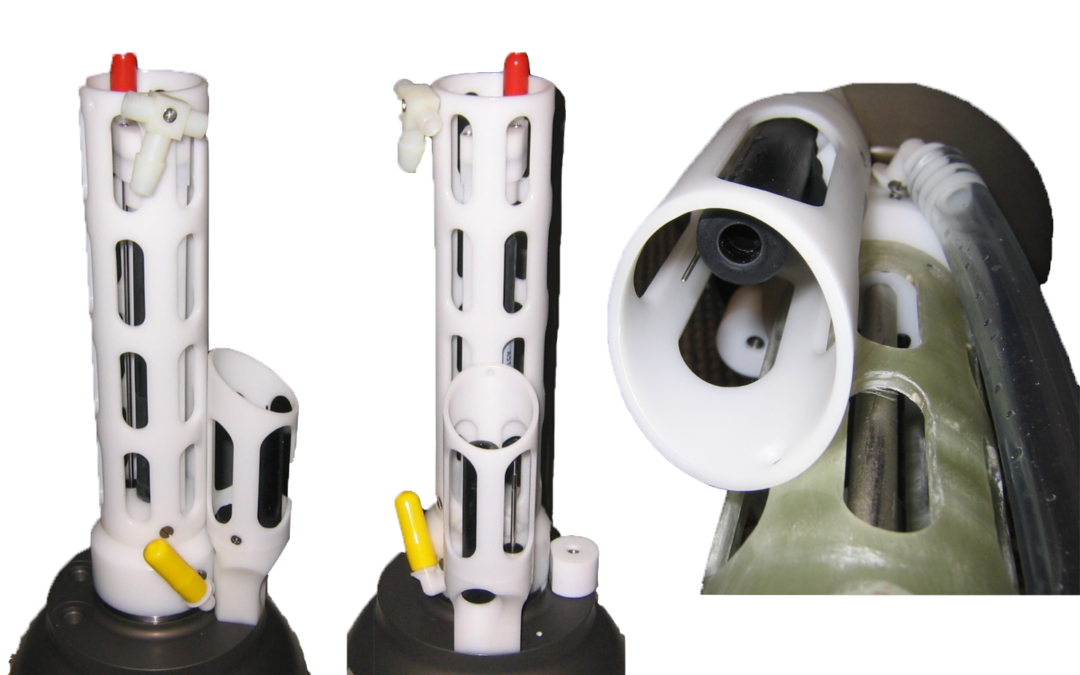
You never know what’s floating on the surface. That’s why Sea-Bird created the STS – to prevent the main Argo CTD from ingesting surface contaminants, but still obtain surface data. Learn how it helps extend deployments.
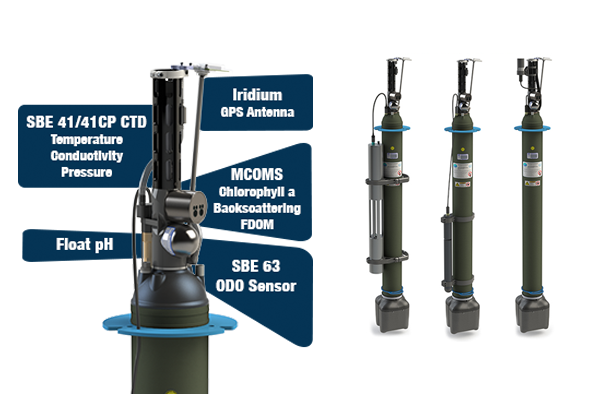
Did you know that the sensors that power BGC-Argo are also in heavy use on shipboard and moored platforms? Learn about the analogous BGC sensors for deployment on moorings and vessels, and how your field crew can keep stride with ocean robots.
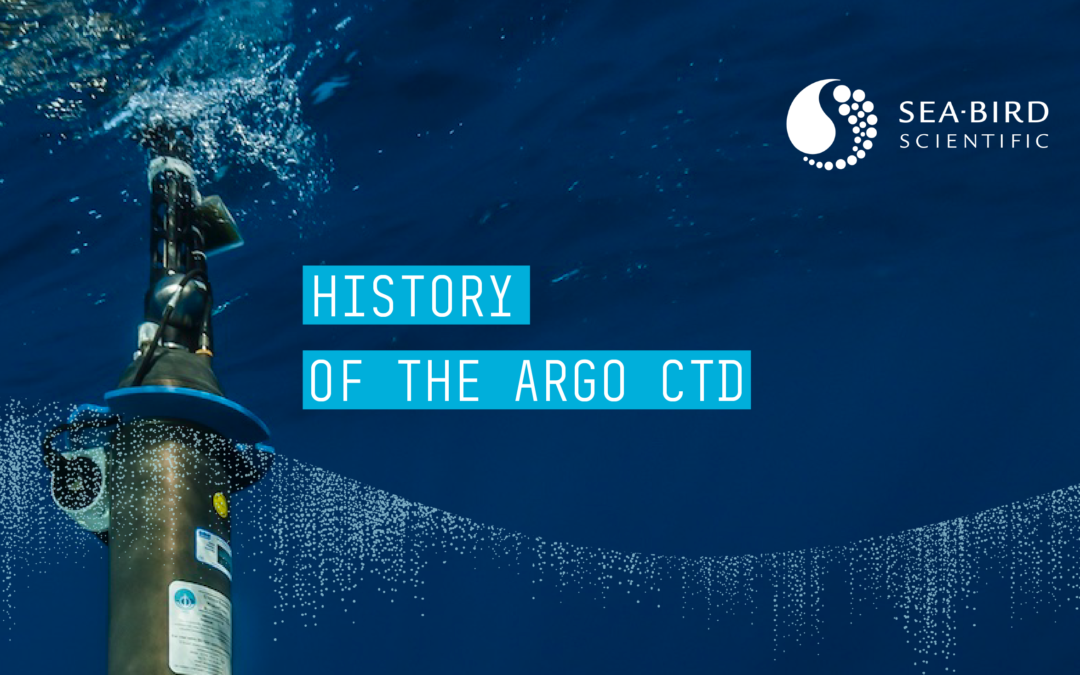
Believe it or not, the first profiling floats couldn’t measure temperature and salinity. They solely traced ocean currents, totally ignorant of the sweet CTD data they were passing by. Adding a CTD changed the game. Learn more about the early beginnings of Argo, and how Sea-Bird’s first float CTD helped change the face of oceanography.
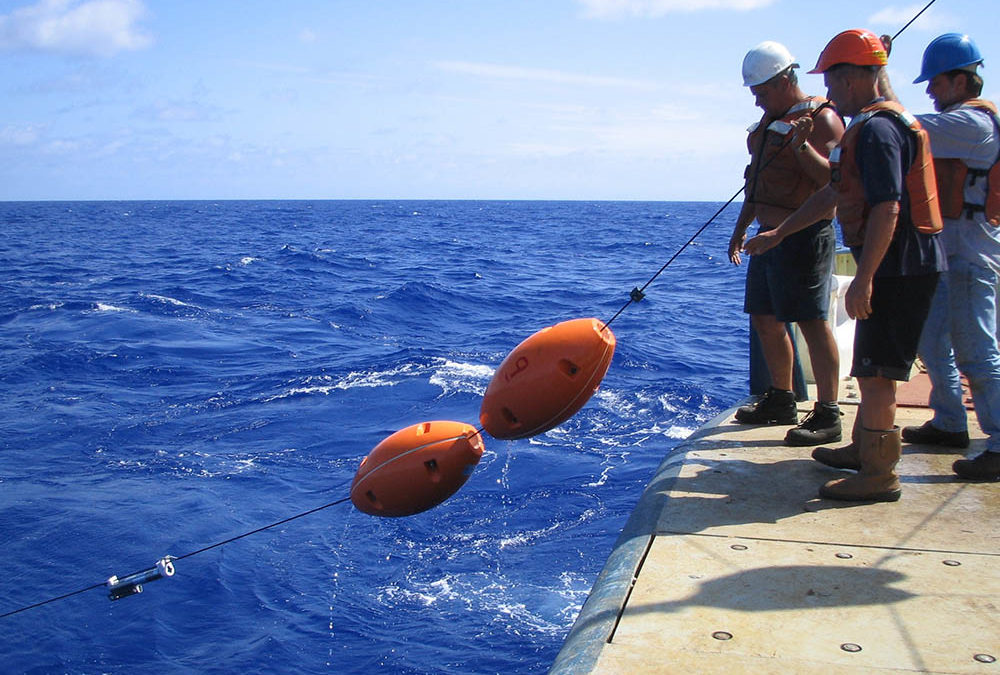
Inductive modem moorings are capable and flexible. Learn how 1 mooring line can facilitate real-time data for up to 100 instruments, in 5 unique configurations.
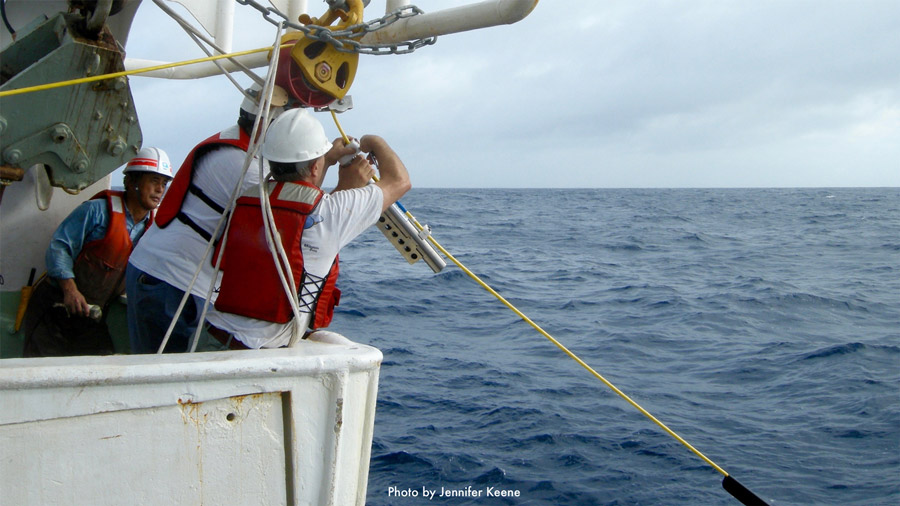
IM systems eliminate the need for connectors entirely, transforming a mooring’s tether into a medium for real-time data transmission.
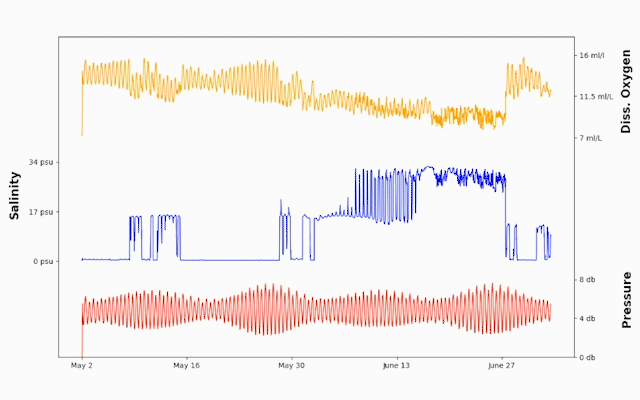
Zooming in shows salinity and dissolved oxygen are fluctuating heavily alongside the tidal cycle. Can you determine what is causing this?
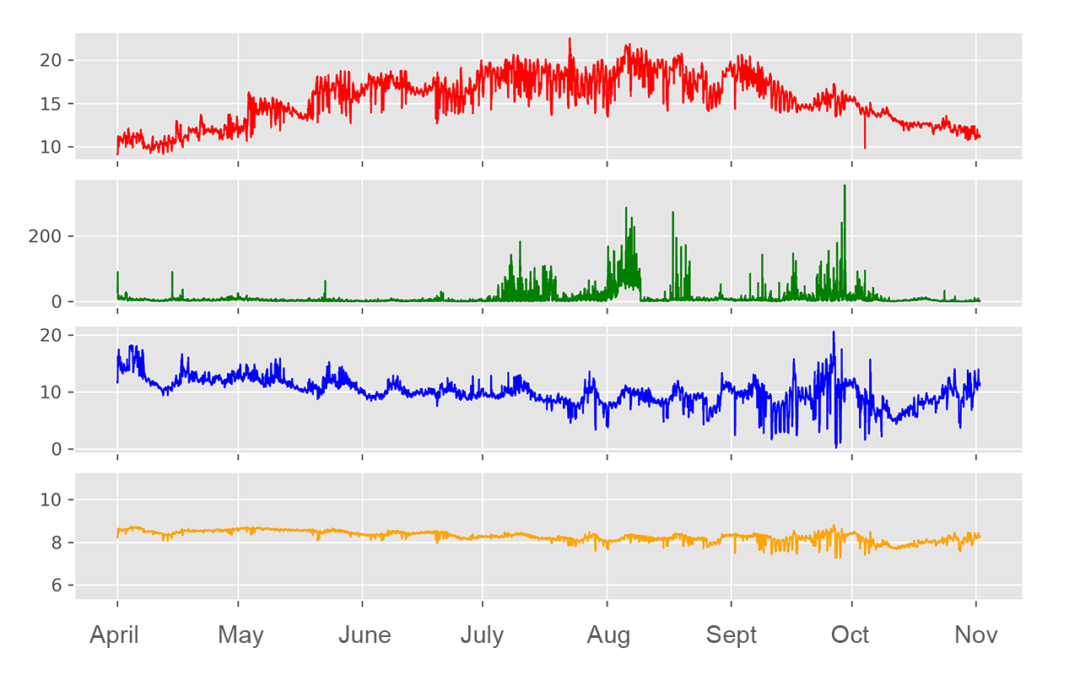
Can you correctly label the 4 plots? Hint: this area is subject to periods of eutrophication during the late summer/early fall.
SUNA V1 or ISUS Sensor Trade-In Offer Sea-Bird Scientific is excited to offer a limited-time trade-in program for customers with a SUNA V1 or ISUS nitrate sensor. Eligible participants will receive a trade-in credit toward the purchase of a SUNA V2, now available at a...
Overview This highlight was developed in partnership with the British Antarctic Survey. Sea-Bird Scientific interviewed Peter Davis, Ph.D., co-PI of the MELT project, as part of the International Thwaites Glacier Collaboration at the British Antarctic Survey. Dr....
When service technician Jenn Wilson received an invitation from Schmidt Ocean Institute to join their 21-day expedition aboard Falkor (too), she knew it was a rare opportunity. She wasn’t just joining a crew - she was helping make history. The mission: to explore...